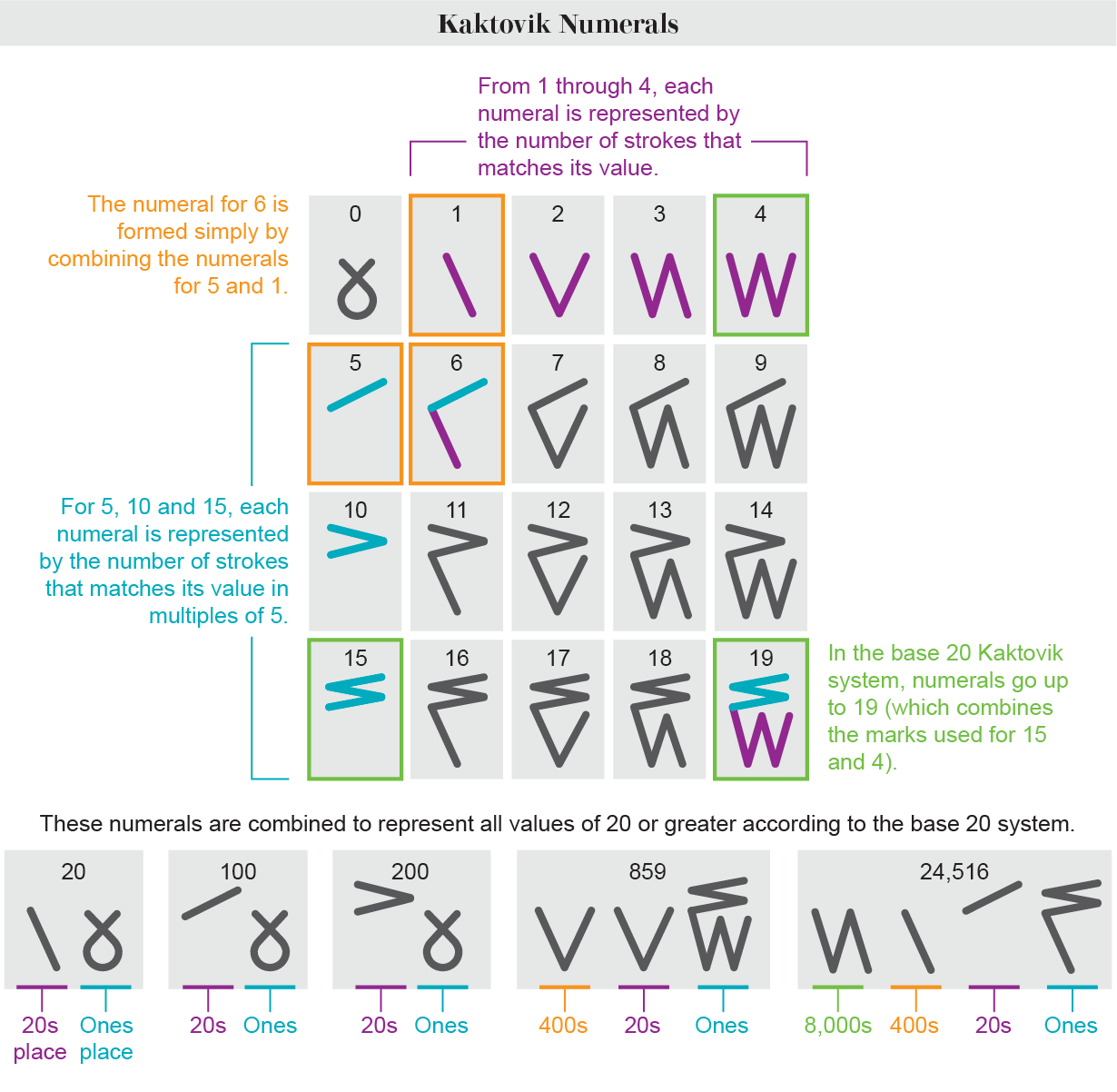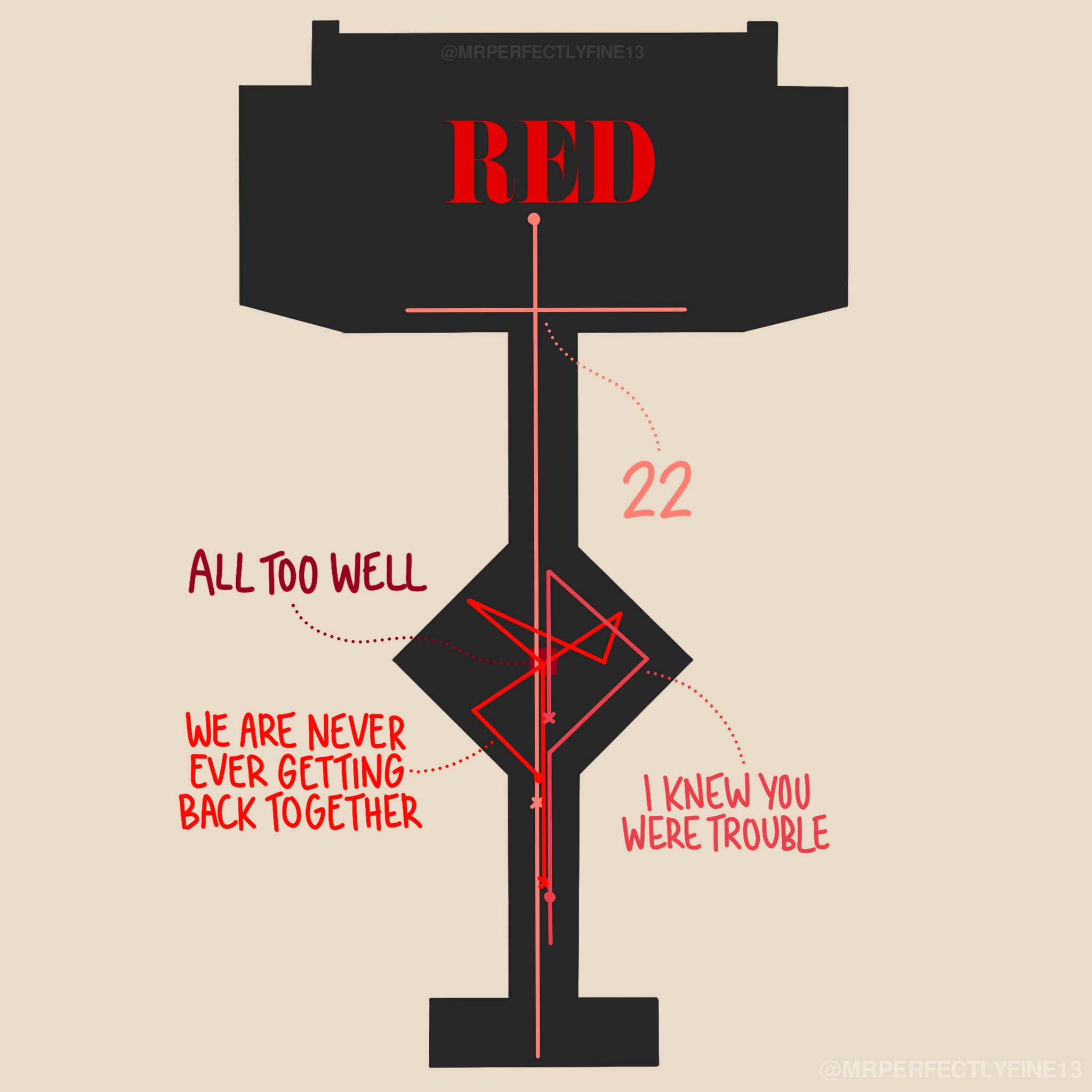Linkfest #9: "Kaktovik Numerals", the McDonalds Fries Theorum, and Why Global Warming Means More Home Runs
Welcome to the latest edition of the Linkfest! Thank you for being a subscriber; if you’re enjoying it, spread the word – it’s a pay-what-you can signup here; the folks who can afford to contribute help keep it free for everyone else, too. Forward this email to anyone you want.
Let's get to it! Here's the best stuff I've found online ...
1) 🎨 Keita Morimoto's glowing art of night streets

I've recently discovered the paintings of Keita Morimoto, and absolutely love them. He's known for doing street scenes that focus on vending machines, exits from subway stations, and other locales we typically might ignore -- then he populates them with vaguely lost-looking souls. As Colossal notes ...
Working in acrylic and oil, the Japanese artist explores the scenes of daily commutes, walks with friends, and trips to a vending machine. He shrouds his streets with shadows that add a mysterious aura to the works, a feeling bolstered by the anonymity of the places and people.
Some of his locations might feel familiar to Canadians, though, because many of these series are set in Toronto, my hometown! I gotta find a way to see some of these paintings F2F.
You can see more of Morimoto's stuff at his web site or his Instagram feed.
2) ⚾️ Global warming is increasing the number of homers
 ("Home run swing for Pena" by Minda Haas Kuhlman, Creative Commons 2.0 license, unmodified)
("Home run swing for Pena" by Minda Haas Kuhlman, Creative Commons 2.0 license, unmodified)
We citizens of the anthropocene are, by now, becoming sadly accustomed to seeing climate change effects in everyday life.
But some Dartmouth scientists have found a new one: Home runs. They knew that home runs have been increasing in incidence since 1980, and wondered if climate change might have played a part. It stands to reason: Hotter air is less dense, meaning baseballs would travel farther.
They gathered data on 220,000 batted balls, and after controlling for everything from the angle of the hit to the temperature of the day (so they could compare hits at different temperatures), they concluded that, yep, global warming had helped increase the number of homers.
Specifically, in that set of 220,000 hits, there were 500 more homers that you'd have expected without the increased temperatures that came from global warming.
So maybe this is the new normal? More and more homers as North America warms up? In their paper (free to read here) the scientists suggest some possible mitigations ...
... MLB could adapt to limit warming’s effects on home runs. Converting all day games into night games, for example, reduces exposure to daily high temperatures. While our main analysis holds the future frequency of day and night games fixed at the historical level for each park (Appendix), a season entirely comprised of night games would cut the effect of warming by 15% on average (Fig. 3B). Other structural adaptations such as adding domes to stadiums would also dampen the influence of climate change: On average, domed parks experience only 45% of the home run increase that non-domed parks do (Fig. 3C). Other unobserved adaptations such as altering pitching strategy, in-game management, or changes in bat composition may further blunt the effects of warming.
3) 🎤️ Dataviz of where onstage Taylor Swift performs songs
The songs are clustered by album. That one above is "Red"; vinoj has all the others.
Totally great.
4) 🔣 A visual number-system invented by Inuit schoolchildren

That graphic above shows the "Kaktovik numerals", a number system invented by Inuit middle-school students thirty years ago. It was the first new numeric system invented in the Western hemisphere in over a century.
I'd never heard of it, but Scientific American has an absorbing story describing its origins. Basically, it stems from the Alaskan Inuit language Iñupiaq, which has a counting system loosely based on the body's ten fingers and ten toes. As Colin Barras explains ...
Quantities are first described in groups of five, 10, and 15 and then in sets of 20. The system “is really the count of your hands and the count of your toes,” says Nuluqutaaq Maggie Pollock, who taught with the Kaktovik numerals in Utqiagvik, a city 300 miles northwest of where the numerals were invented. For example, she says, tallimat—the Iñupiaq word for 5—comes from the word for arm: taliq. “In your one arm, you have tallimat fingers,” Pollock explains. Iñuiññaq, the word for 20, represents a whole person.
Like many indigenous languages, the Iñupiaq counting system faded in the 20th century, because American schools forcibly punished any indigenous students who used it. It also didn't have a written version to help keep it alive.
So 1990s, an Inuit class decided to try and create a written version. They knocked it out of the park! You can see the system above. Essentially, they worked out a system of V-shaped strokes that let you quickly count in groups of five:
The numerals, based on tally marks, “look like” the Iñupiaq words they represent. For example, the Iñupiaq word for 18, “akimiaq piŋasut,” meaning “15-3,” is depicted with three horizontal strokes, representing three groups of 5 (15) above three vertical strokes representing 3.
They needed a zero, though -- and one student figured it out. She crossed her arms over her head (a sort of "no" or "negation" gesture) and it looked so evocative that the class made it into a symbol: A little loop that crosses over itself.
Better yet, the system has a visual intuitiveness. As the article notes, it makes addition and subtraction visually obvious ...

When Inuit students used the Kaktovik numerals, "scores on standardized math exams jumped from below the 20th percentile to 'significantly above' the national average." Alas, the No Child Left Behind act, passed in 2002, imposed a pretty ruthless standardization that pushed the Kaktovik numerals aside.
But they're poised to come back, thanks to some digital good news: The numerals were accepted as symbols in upcoming Unicode updates, so they'll be usable on computer screens and smartphones. That bodes well for their possible future use.
An incredibly interesting story; go read the whole thing.
5) 👾 The accident that made Space Invaders so much fun

One of the most fun -- if stress-inducing -- aspects of the original Space Invaders game was the way the invaders sped up as a round progressed. At the beginning of a round, the screen would be full of invaders, and they'd be crawling slowly across the screen, accompanied by the menacing four-tone thud-thud-thud music.
As you shot more and more invaders, though, they'd speed up -- until the last few were streaking back and forth across the screen, incredibly hard to hit, and the music had become a terrifyingly fast march.
It turns out that speedup was a happy accident. Wired magazine has an interview with Tomohiro Nishikado, the original designer of Space Invaders, who explains that it was all the byproduct of the game's slow processor: With more invaders on screen, the processor struggled to render them all, but as the number of aliens decreased things moved more quickly ...
The technological limitations of the day were also responsible for a key gameplay component of Space Invaders—shooting enemies caused the remainder to move faster, palpably ramping up tension. “This was the result of the game board’s low processing power,” says Nishikado. “It was designed to draw one invader every 60th of a second, instead of all the invaders at once. At the start of the game, it takes about a second for all the invaders to take a step. As their number decreases, the time to draw them all becomes shorter, and so their speed of movement increases. This makes the game more interesting and effective—and compensated for the board’s lack of capacity.”
6) 📷 AI image wins first prize in Sony "Creative" photo category

Sony holds its World Photography Awards Open contest every year, and one of the categories is "Creative", where photographers can use manipulation to create unusual-looking, evocative images.
This year the winner was the German photo artist Boris Eldagsen, using the pic above. The problem -- as you might be able to tell from looking at the picture closely -- is that it isn't a photo at all. It was generated entirely by AI.
Eldagsen entered it as a prank, to highlight the dangers of photorealistic AI imagery. As he wrote on his blog ...
How many of you knew or suspected that it was AI generated? Something about this doesn’t feel right, does it? AI images and photography should not compete with each other in an award like this. They are different entities. AI is not photography. Therefore I will not accept the award. I applied as a cheeky monkey, to find out, if the competitions are prepared for AI images to enter. They are not. We, the photo world, need an open discussion. A discussion about what we want to consider photography and what not. Is the umbrella of photography large enough to invite AI images to enter – or would this be a mistake? With my refusal of the award I hope to speed up this debate.
Interesting provocation, and kind of useful I'd argue. If the art-contest world is going to figure out what orientation it's going to take towards AI-generated work, it's going to need to either be able to detect it, or establish a culture of honest disclosure. I guess the other option is to make art a free-for-all in which the use (or nonuse) of AI has no bearing on whether an entry can win an artistic contest? Some interesting commentary here by a photoblogger sympathetic with Eldagen's prank.
7) 🔆 Images of clean-energy production around the world

Speaking of art contests, here's one from Rest of World, a terrific site that reports on how technology is used outside the West. They just ran their first photo contest, and the winners are fascinating -- everything from a Chinese inventor who designed stylish, game-influenced COVID gear for his family to a picture of a snake being implanted with a sensor (to try and gather data that might "mitigate human-snake conflict").
For me, though, the most striking photos were about energy -- like this photo (above) of an Indian woman using a solar cooker, or a stunning shot of the sprawling, city-sized solar fields in Dubai, or two Palestinian kids who live in a cave watching TV powered by their own solar panels. Globally, the energy transition is a massive story, and it's a visually fascinating one.
Check out all the winners -- very cool stuff.
8) 🧪 Polaroid's new "blue" film invented by accident

Hey, one more entry about photography!
Polaroid still has one lonely lab that innovates new forms of analog instant-film. In it, the chemist Brian Slaghuis was recently trying to add some ingredients from black-and-white film to Polaroid's color recipe. He added the chemical tertiary butylhydroquinone, and it wound up "silencing almost all the colors on the spectrum" -- except for blue, as Fast Company reports.
This created "Reclaimed Blue 600", a limited-edition Polaroid film out now. Grab it while you can, on sale here! It certainly produces gorgeous prints. It reminds me of the blue cyanotype images of Rosalind Hobley, which I blogged about a while back.
Better yet:
The new film also underscores a wild reality: Although Polaroid’s instant film has been around for more than 75 years, the chemistry behind the process is still a bit of a mystery. “Even with my science and chemistry background, I only understand about 20% to 30% of it,” Slaghuis admits via email.
9) 🛠️ A final, sudden-death round of reading material
"A 7-Segment Clock that displays the wrong time when it detects someone looking at it." 🛠️ "Debate Devil", a generative AI that will poke holes in your arguments. 🛠️ "Juice jacking" may not really happen. 🛠️ "Hand magnets" are erasing the secrets of meteorites. 🛠️ The OpnBeat Low-Fi Sampler. 🛠️ The Chinese period-tracking app that became a social network. 🛠️ Why great apes love to spin themselves around. 🛠️ Markdown-style spreadsheets. 🛠️ Brain implants to read the minds of octopuses. 🛠️ Why pop-ups won't die. 🛠️ The 1921 "mole torpedo". 🛠️ How Mao's mass slaughter of sparrows exacerbated famine. 🛠️ Mark Twain's two weeks as a Confederate soldier. 🛠️ "Physical Constraints on Unidentified Aerial Phenomena" 🛠️ Why ChatGPT struggles with Wordle. 🛠️ The "assembly theory" that explains the difference between animate and inanimate matter. 🛠️ "Sound box" speakers for illiterate shoppers in India. 🛠️ Expensive real-world clothes with a Minecraft pixel-style. 🛠️ Robot jumping flea. 🛠️ The Canadian town with a jail for polar bears. 🛠️ Steve Roberts' solar-powered, computer-equipped bicycle from the 1980s. 🛠️ 1,000 photos of dolphin fins. 🛠️ Using AI to create fake records of nonexistent historical events. 🛠️ High schooler invents stitches that change color if they detect infection. 🛠️ Interactive animations exploring the physics of riding a bike. 🛠️ The "dancing plague" of 1518. 🛠️ Solarpunk earrings. 🛠️ The history of female boxing. 🛠️ Why Brussels sprouts taste better now. 🛠️ A long-distance kissing machine. 🛠️ The modern style of the tragic Angel Island poems. 🛠️ Unfoldable accordion-style housing module. 🛠️ The elusive "Einstein tile" has finally been discovered. 🛠️ The "McDonalds Fries Theorum". 🛠️ The artist who paints using Boston Dynamics dog-robots. 🛠️ Typing on a plane in 1919. 🛠️ Floor 769.
